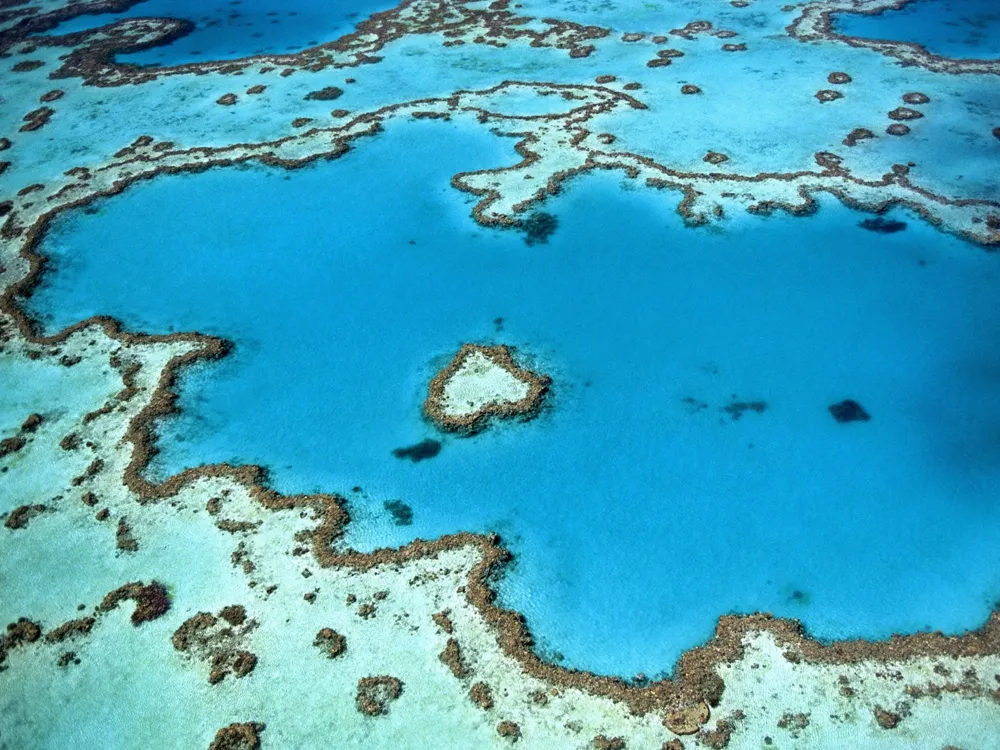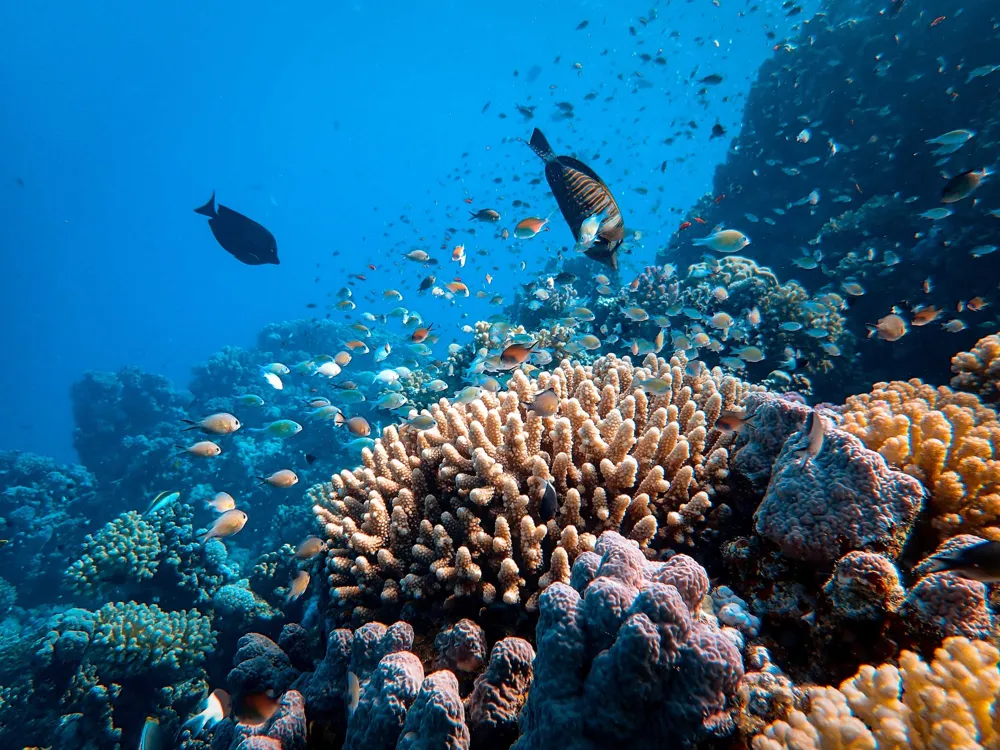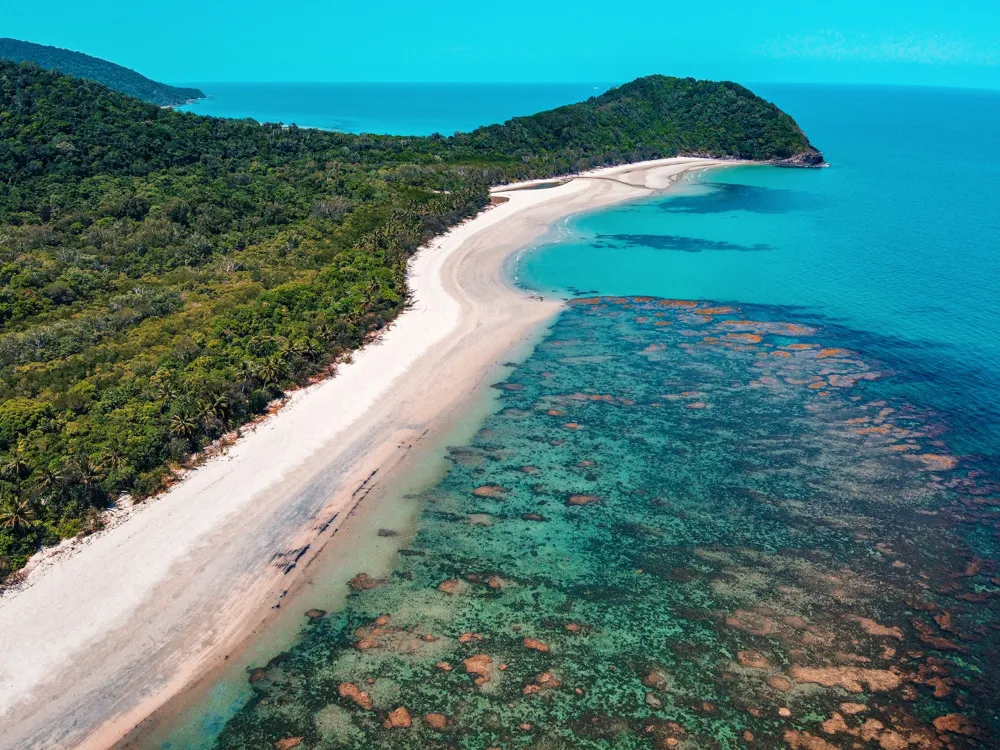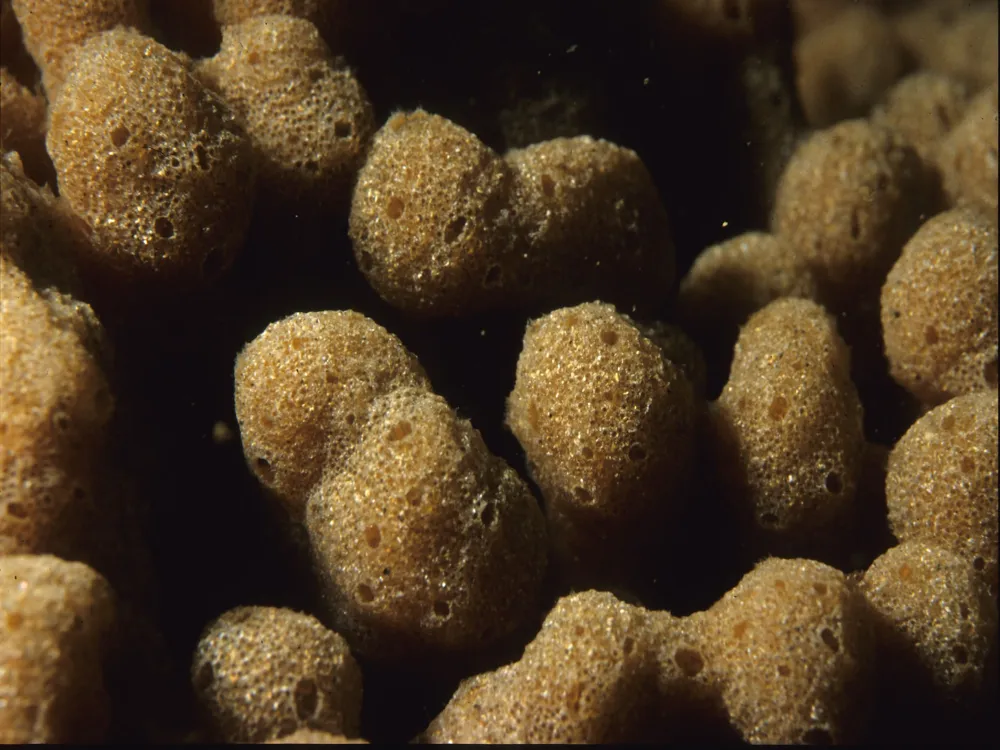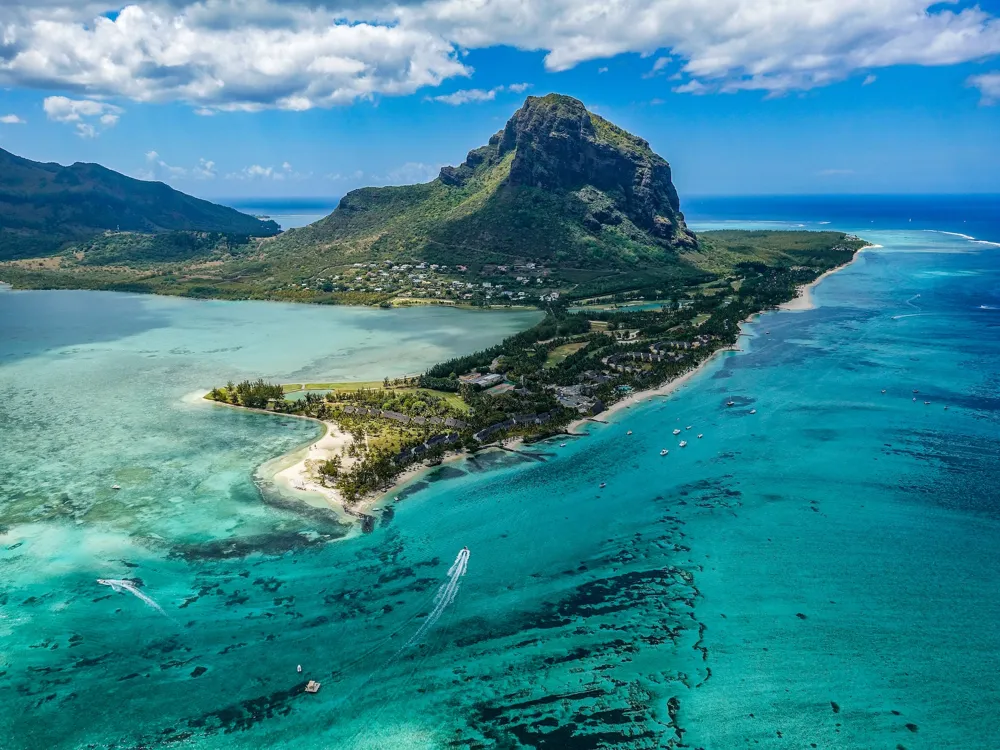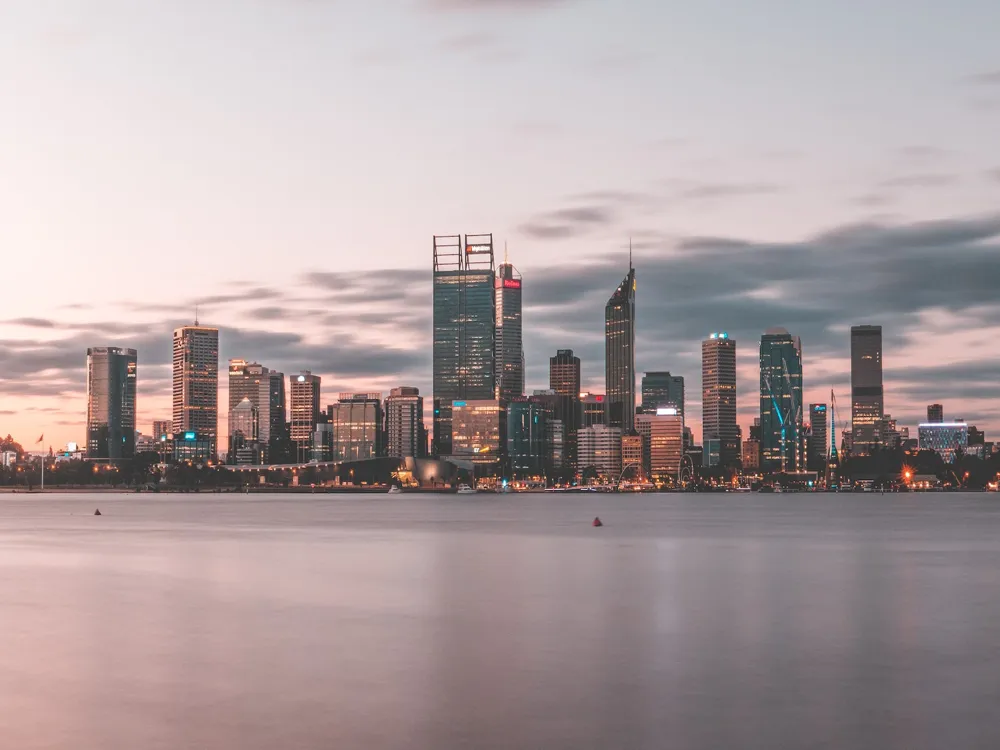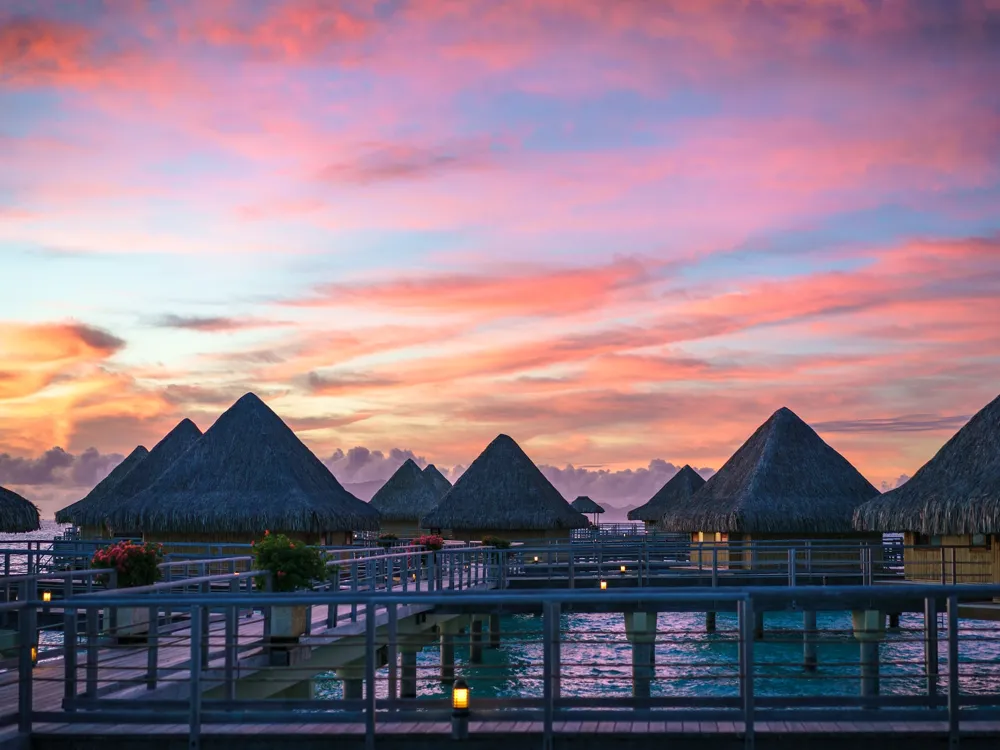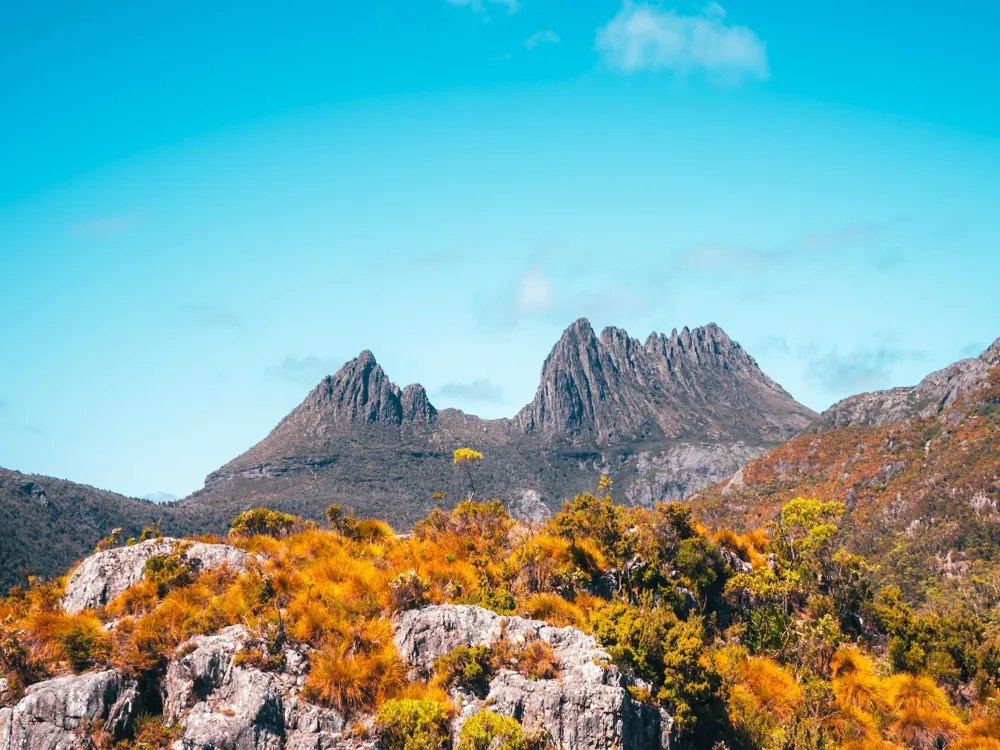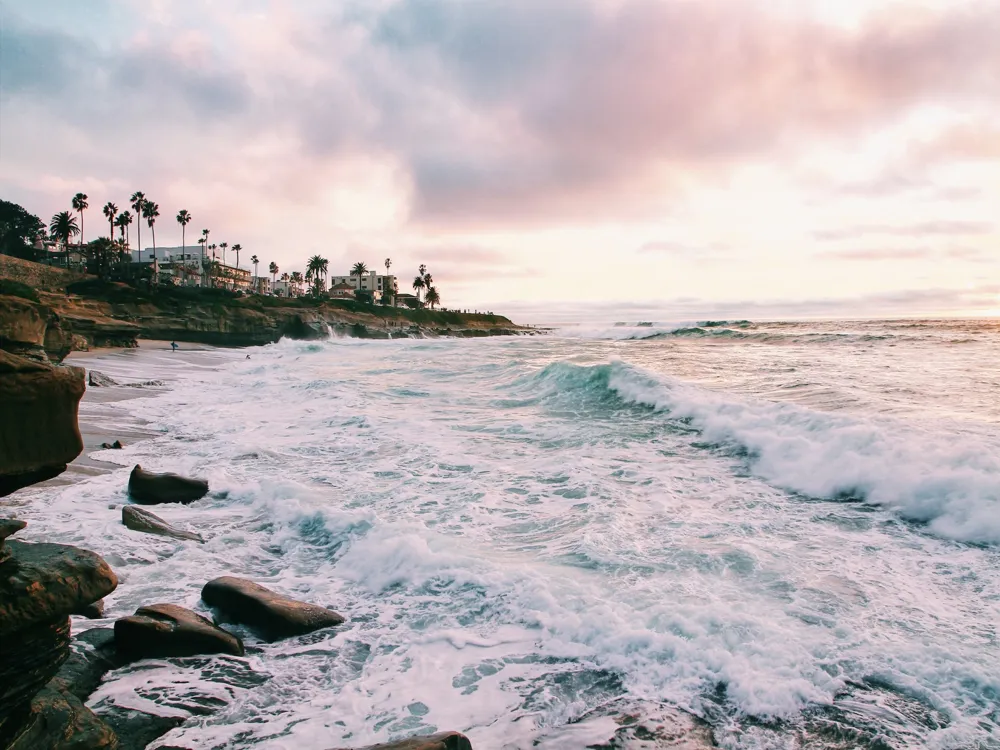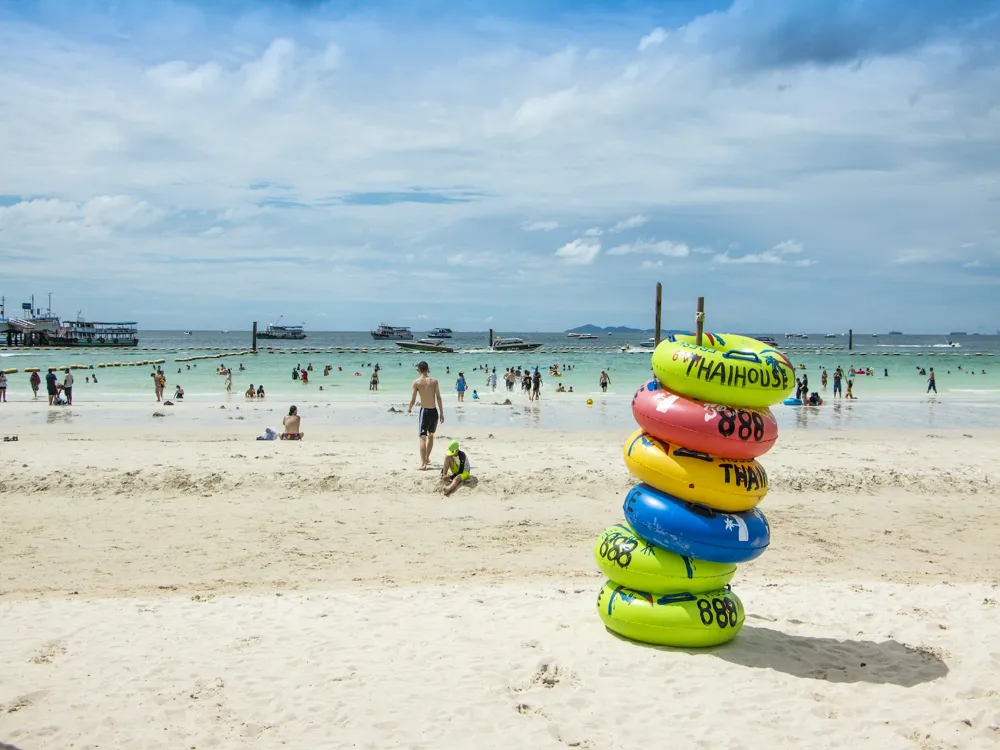Best Time to Visit Great Barrier Reef
Victoria Australia
3 out of 96 Places to visit in Australia₹ 61,999 onwards View Packages
Get Customized PackagesThe Land of Diversity
Top Hotel Collections

Private Pool

Luxury Hotels

5-Star Hotels

Pet Friendly
What is the Best Time to Visit the Great Barrier Reef?
When it comes to experiencing the unparalleled beauty of the Great Barrier Reef, timing is everything. The world's largest coral reef system, situated off the coast of Queensland, Australia, is a breathtaking wonder that attracts millions of visitors each year. To make the most of your visit and witness the vibrant marine life and stunning coral formations, understanding the best time to travel to the Great Barrier Reef is essential.
More about the Best Time to Travel to Great Barrier Reef
Travel Peak Season in Great Barrier Reef
Great Barrier Reef Tour Packages The peak season for visiting the Great Barrier Reef aligns with the Australian summer, from December to February. During these months, the weather is warm and inviting, creating optimal conditions for underwater exploration. The crystal-clear waters provide excellent visibility, allowing you to fully appreciate the vibrant colors of the coral and the diverse marine life that calls the reef home. It's the ideal time for snorkeling, diving, and enjoying the breathtaking beauty that the Great Barrier Reef has to offer.
Travel Offseason in Great Barrier Reef
For those seeking a more tranquil experience, the off-season presents a compelling option. From June to August, the winter months in the Southern Hemisphere, the Great Barrier Reef experiences fewer crowds. While the water might be slightly cooler, it remains comfortable for most activities. This period is perfect for travelers who prefer a more laid-back atmosphere and want to explore the reef at their own pace.
Great Barrier Reef Travel Packages
View All Packages For Great Barrier Reef
Great Barrier Reef in Shoulder Season
The shoulder season, which falls between the peak and offseason, provides a balanced experience. From March to May and September to November, the weather is still pleasant, and tourist numbers are moderate. This is an excellent time to visit if you're looking for a compromise between vibrant marine life and a quieter atmosphere.
Great Barrier Reef in Hot Season
The hot season from December to February offers warm temperatures both in and out of the water. While this is the busiest time for tourists, it's also when the Great Barrier Reef is at its most vibrant. The marine life is abundant, and the coral formations are at their peak, making it a prime time for underwater enthusiasts.
Great Barrier Reef in Rainy Season
The rainy season, typically from January to March, brings occasional heavy rainfall. While this might deter some travelers, it also contributes to the health of the reef, sustaining its ecosystem. If you don't mind a bit of rain, visiting during this time can provide a unique perspective on the Great Barrier Reef's resilience and natural cycles.
Great Barrier Reef in Cool Season
From June to August, the cool season offers a reprieve from the heat, making it an appealing time for those who prefer milder temperatures. While marine life is still abundant, some coral species may not be as vibrant during these months. However, it's an excellent time for whale watching as humpback whales migrate through the area.
Places To Visit In Great Barrier Reef
View All Places To Visit In Great Barrier ReefNearby Places Great Barrier Reef
Great Barrier Reef Photos
View All Photos For Great Barrier ReefBrowse Package Collections
Browse Hotel Collections
Faq
Q: When is the best time to visit the Great Barrier Reef?
A: The ideal time to visit the Great Barrier Reef is during the dry season, which typically runs from June to October. During these months, the weather is generally sunny, and the water visibility is at its best, providing optimal conditions for snorkeling and diving.
Q: Is there a specific month within the dry season that is recommended for visiting the Great Barrier Reef?
A: While the entire dry season offers favorable conditions, many visitors find that the period from August to September is particularly ideal. During these months, the water is usually warmer, and marine life is abundant, offering a fantastic underwater experience.
Q: Are there any considerations for avoiding crowds while visiting the Great Barrier Reef?
A: To minimize crowds, consider planning your visit during the shoulder seasons, which are the months just before or after the peak tourist season. This includes May and November when the weather is still pleasant, but there are fewer tourists, allowing for a more intimate experience with the reef.
Q: Is it possible to visit the Great Barrier Reef during the wet season, and what are the potential drawbacks?
A: While it's possible to visit during the wet season (November to May), it comes with some challenges. The weather can be unpredictable, with a higher chance of rainfall and tropical storms. Visibility in the water may also be affected during this period.
Q: What is the stinger season, and how does it impact the best time to visit the Great Barrier Reef?
A: The stinger season, which occurs from November to May, involves an increased presence of jellyfish in the waters. While stinger suits are available for protection, it's advisable to visit outside this season to minimize the risk of encountering these creatures.

